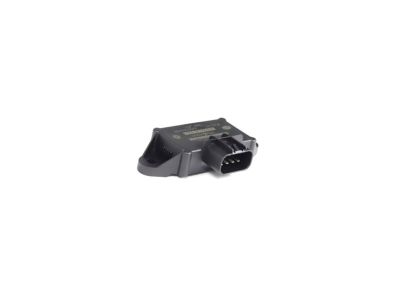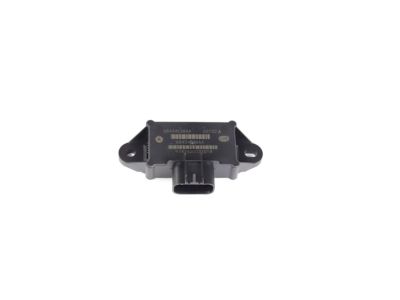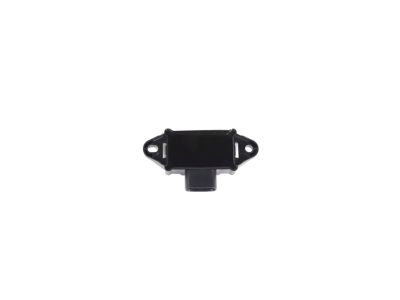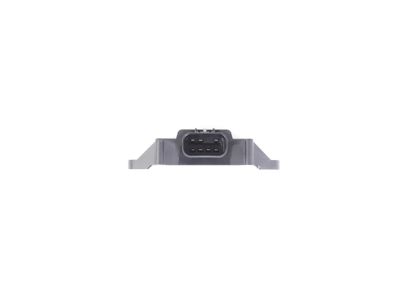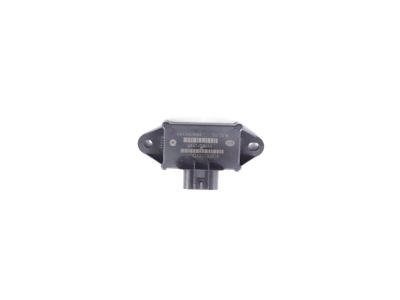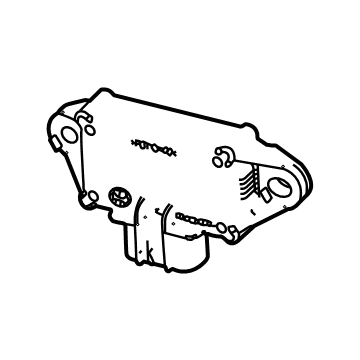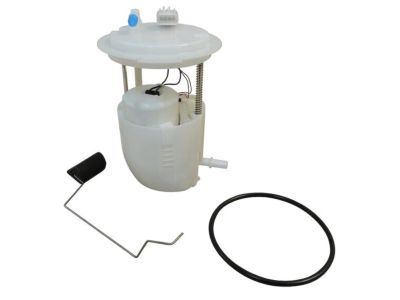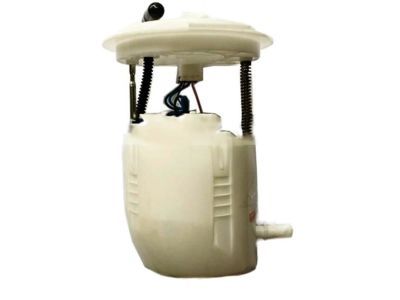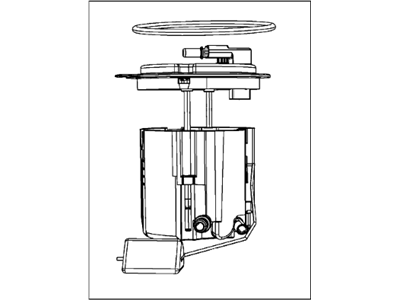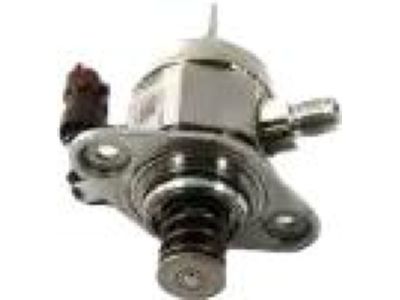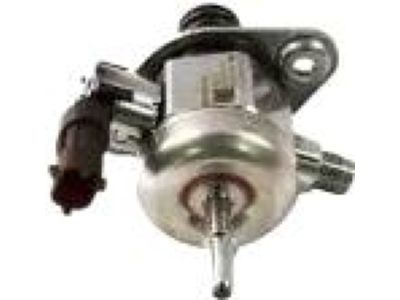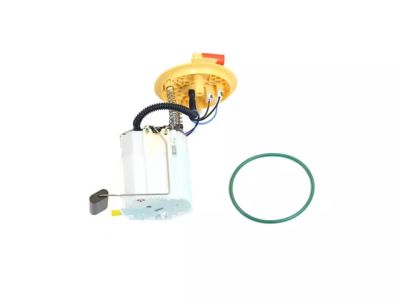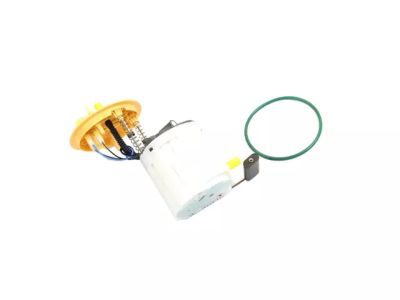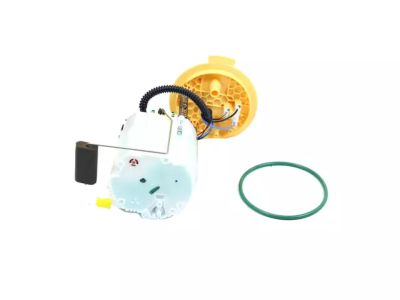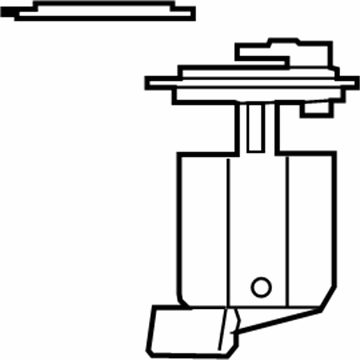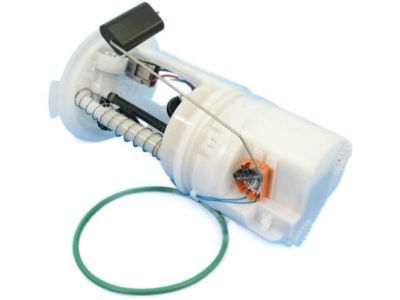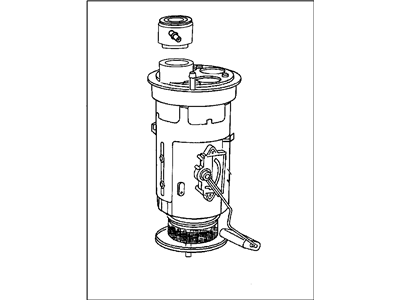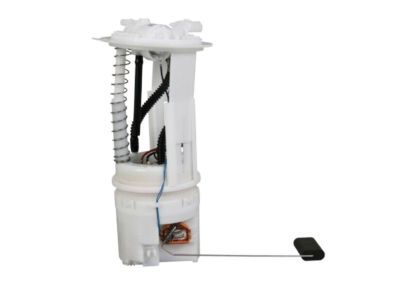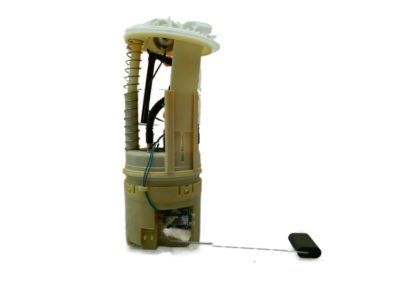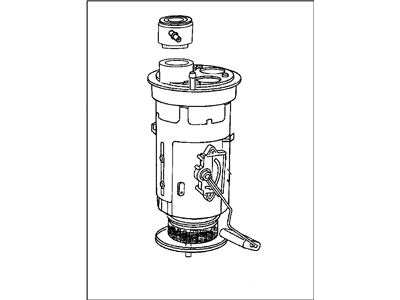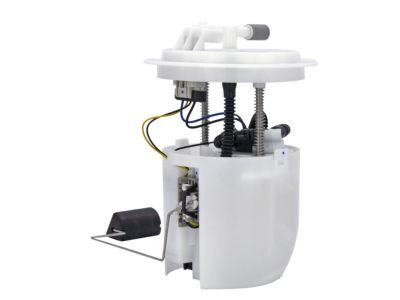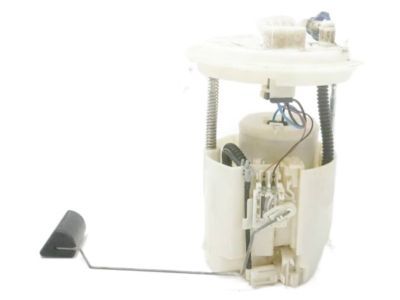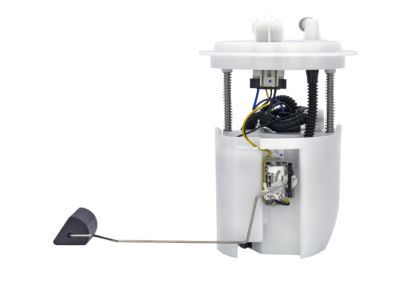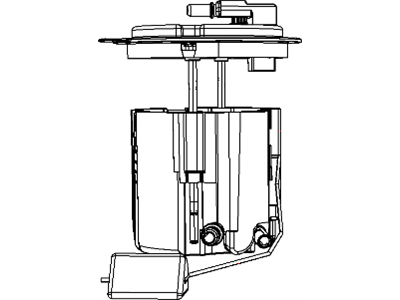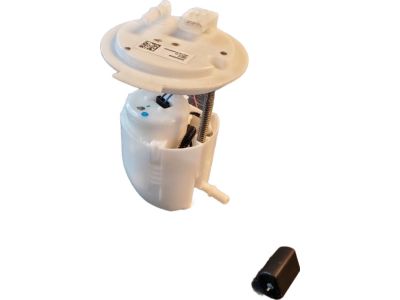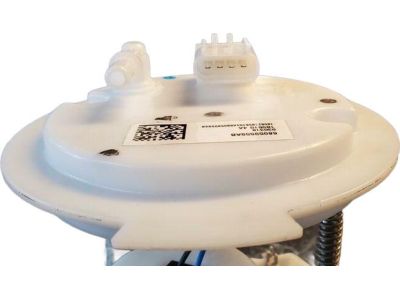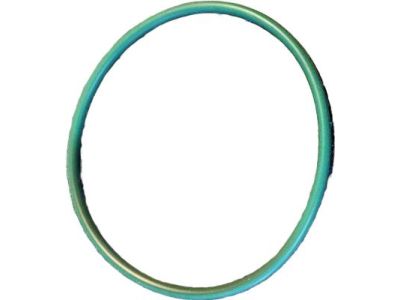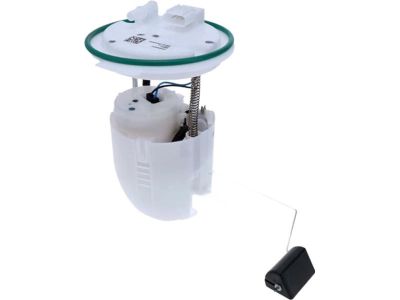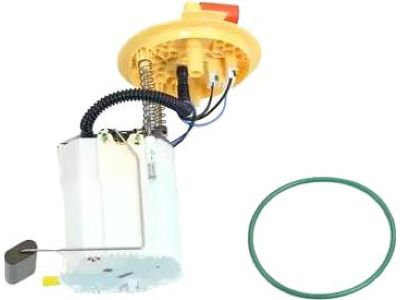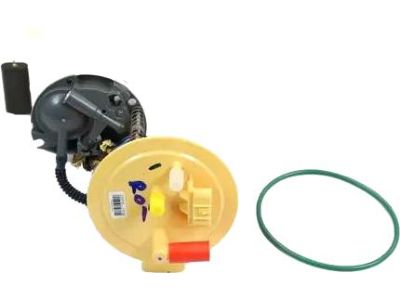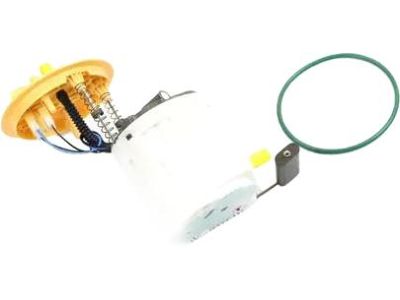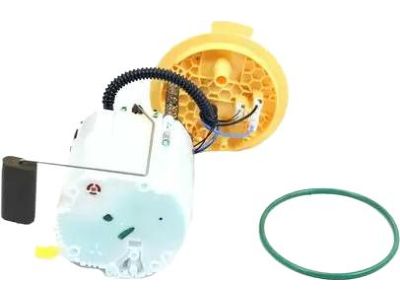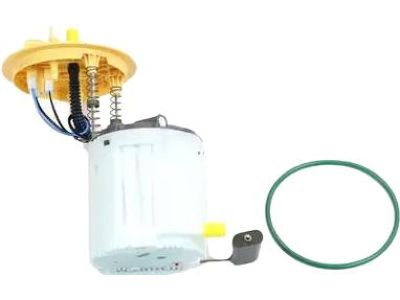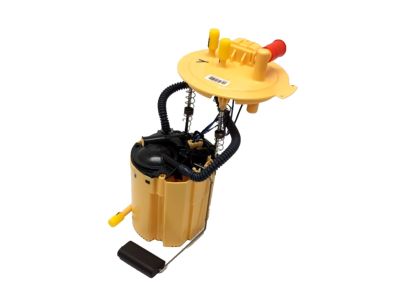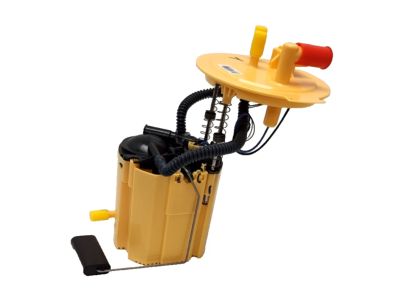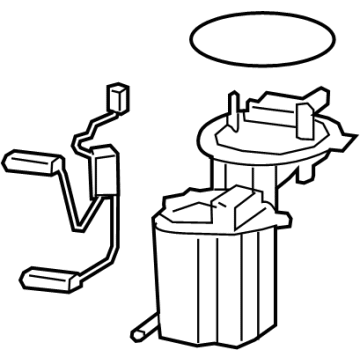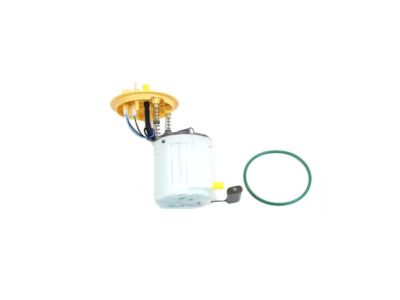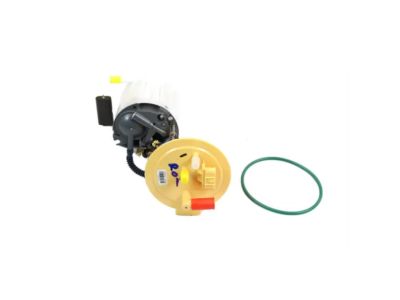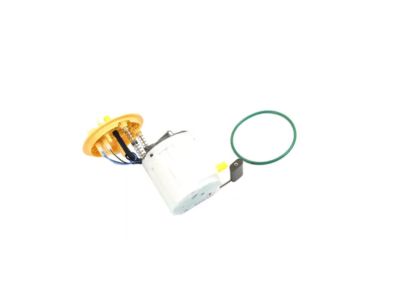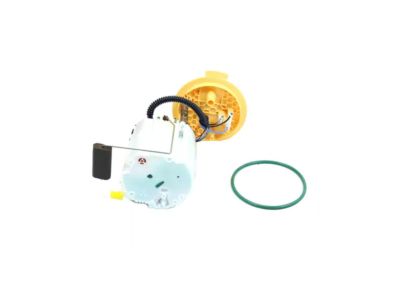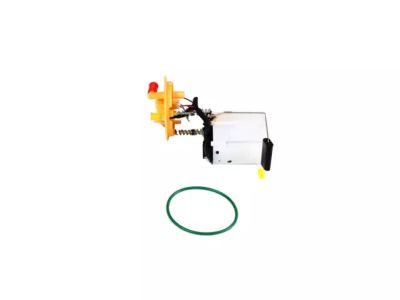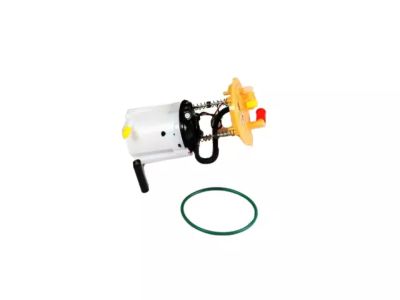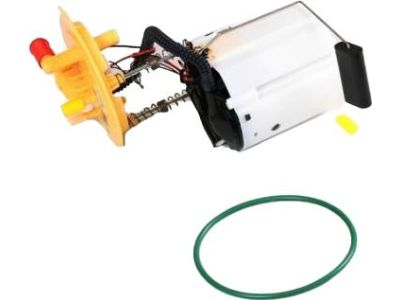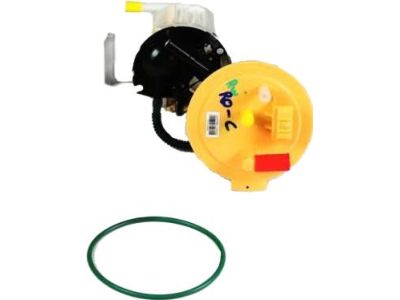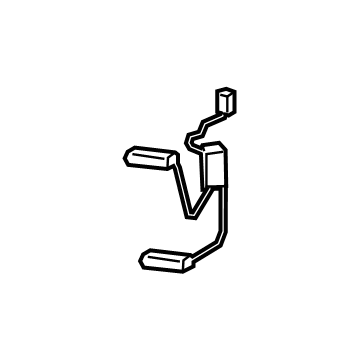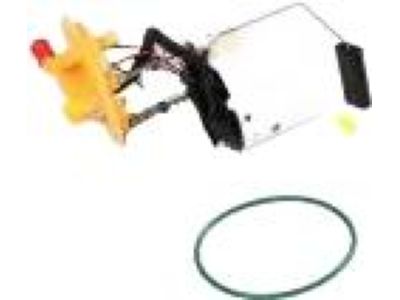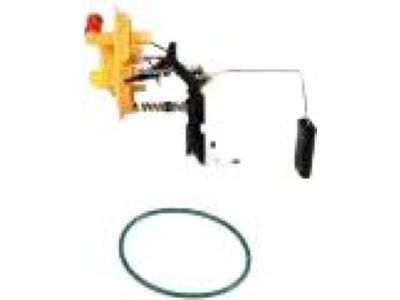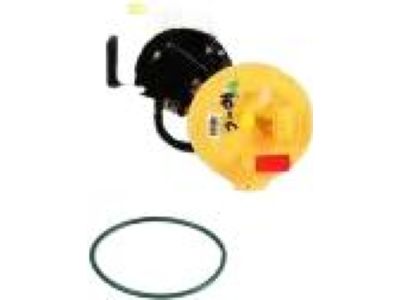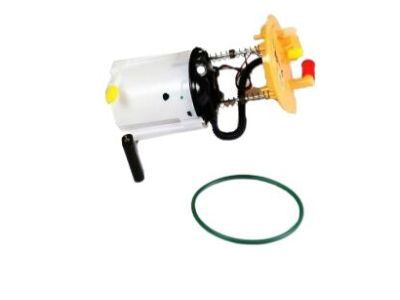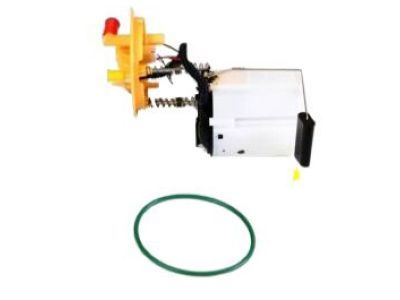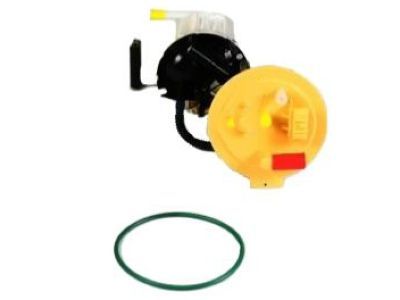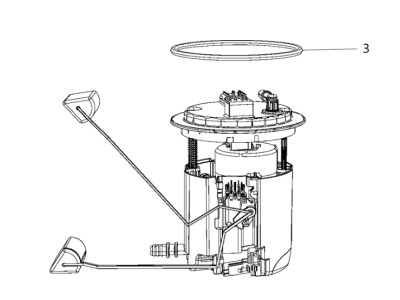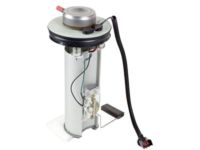
My Garage
My Account
Cart
Genuine Jeep Wrangler Fuel Pump
Gas Pump- Select Vehicle by Model
- Select Vehicle by VIN
Select Vehicle by Model
orMake
Model
Year
Select Vehicle by VIN
For the most accurate results, select vehicle by your VIN (Vehicle Identification Number).
27 Fuel Pumps found

Jeep Wrangler Fuel Pump Control Module
Part Number: 68434538AA$111.04 MSRP: $165.00You Save: $53.96 (33%)
Jeep Wrangler Fuel Pump Module/Level Unit
Part Number: 68065575AA$403.70 MSRP: $612.00You Save: $208.30 (35%)
Jeep Wrangler Pump-Fuel Injection
Part Number: 5281484AA$424.60 MSRP: $644.00You Save: $219.40 (35%)
Jeep Wrangler FUEL PUMP/LEVEL UNIT
Part Number: 68403980AE$330.00 MSRP: $500.00You Save: $170.00 (34%)
Jeep Wrangler Fuel Pump/Level Module Kit
Part Number: 5161335AC$318.10 MSRP: $475.00You Save: $156.90 (34%)
Jeep Wrangler Fuel Pump/Level Module Kit
Part Number: 5161335AB$318.10 MSRP: $475.00You Save: $156.90 (34%)
Jeep Wrangler Fuel Pump Module/Level Unit
Part Number: 68003339AB$389.40 MSRP: $590.00You Save: $200.60 (34%)
Jeep Wrangler Fuel Pump Module/Level Unit
Part Number: 68065575AB$403.70 MSRP: $612.00You Save: $208.30 (35%)Jeep Wrangler FUEL PUMP/LEVEL UNIT
Part Number: 68510216AE$100.84 MSRP: $151.00You Save: $50.16 (34%)Jeep Wrangler Fuel Pump/Level Module Kit
Part Number: 68403980AB$342.00 MSRP: $500.00You Save: $158.00 (32%)
Jeep Wrangler Fuel Pump/Level Module Kit
Part Number: 68403980AC$342.00 MSRP: $500.00You Save: $158.00 (32%)
Jeep Wrangler FUEL PUMP/LEVEL UNIT
Part Number: 68403974AD$74.73 MSRP: $112.00You Save: $37.27 (34%)
Jeep Wrangler Module Ki-Fuel Pump/Level Unit
Part Number: 68403980AD$342.00 MSRP: $500.00You Save: $158.00 (32%)
Jeep Wrangler FUEL PUMP/LEVEL UNIT
Part Number: 68413956AD$112.69 MSRP: $167.00You Save: $54.31 (33%)
Jeep Wrangler Module-Fuel Pump/Level Unit
Part Number: 68413956AC$112.69 MSRP: $167.00You Save: $54.31 (33%)
Jeep Wrangler Fuel Pump/Level Unit Module
Part Number: 68413956AB$112.69 MSRP: $167.00You Save: $54.31 (33%)
Jeep Wrangler Fuel Pump/Level Unit Module
Part Number: 68413956AA$112.69 MSRP: $167.00You Save: $54.31 (33%)Jeep Wrangler Module Ki-Fuel Pump/Level Unit
Part Number: 68403974AC$74.73 MSRP: $112.00You Save: $37.27 (34%)Jeep Wrangler FUEL PUMP/LEVEL UNIT
Part Number: 68536986AB$616.74 MSRP: $908.00You Save: $291.26 (33%)
| Page 1 of 2 |Next >
1-20 of 27 Results
Jeep Wrangler Fuel Pump
The Fuel Pump in Jeep Wrangler automobiles is responsible for delivering a sufficient fuel supply in the engine; it even begins its work prior to the engine and stops when the engine stops. As time passes, the efficiency of the equipment decreases, and they may fail to work as required, and this may call for reparations that are expensive to implement. Jeep Wrangler Fuel Pumps are of various types, whereas the older types used to have mechanical pumps that could be diaphragm or plunger types and the new types have electric type pumps situated in the fuel tank. The new electric pumps are characterized by greater pressure ranges, additional protection systems, new possibilities of fuel management with the help of the electronic control units, and optimum combustion for the engines, as a result of which the emissions are lower.
Looking for affordable and high-quality auto parts? Then you have already arrived at the proper online shop. We offer all Jeep Wrangler Fuel Pump at great affordable prices. Moreover, all genuine Jeep Wrangler Fuel Pump come with a manufacturer's warranty. In the long run, you would realize you have saved a lot of trouble and money with OEM parts from here.
Jeep Wrangler Fuel Pump Parts Questions & Experts Answers
- Q: How to Perform a Quick Check on a Mechanical Pump for 4.2L Carbureted Engines on Jeep Wrangler?A:For the quick check on the mechanical pump for 4.2L carbureted engines, begin by disconnecting the negative battery cable. Remove the air cleaner assembly and detach the fuel inlet fitting from the carburetor, placing the end of the inlet line in a container. Reattach the cable to the battery terminal. Use a remote starter switch or an assistant to crank the engine while the fuel line discharges into the container. Fuel should be emitted in well-defined spurts. Perform the pressure test by attaching a fuel pressure gauge, a hose restrictor, and a flexible hose between the fuel inlet fitting and the carburetor. Reattach the coil primary lead wires and start the engine at curb idle rpm. Discharge the fuel into a container and note the pressure, which should be 4-to-5 psi. Perform the capacity test by operating the engine at curb idle rpm and discharging fuel into a container for 30 seconds, aiming to discharge at least one pint of fuel. The vacuum tests can be conducted using either the direct connection or indirect connection method, depending on the availability of a vacuum gauge and a T-fitting. For electric pumps in 1995 and earlier fuel-injected engines, conduct the TBI pressure test by installing a fuel pressure gauge to the pressure test fitting on the Throttle Body and adjusting the fuel pressure accordingly. For MPI pressure test, attach a fuel pressure gauge to the fuel rail, detach and plug the vacuum tube from the Fuel Pressure Regulator, and note the gauge readings at curb idle rpm with and without the vacuum line attached. To perform the leak-down test, attach a gauge capable of reading 0-to-100 psi to the pressure test port fitting on the fuel rail, start the vehicle, and let the engine idle, comparing the fuel pressure readings after 30 minutes. For electric pumps in 1997 and later models, relieve the fuel pressure, remove the cap from the fuel pressure test port on the fuel rail, attach a fuel pressure gauge, and start the engine to check the pressure. Perform additional tests to diagnose potential fuel line leaks, fuel injector issues, or defective fuel pump modules based on pressure readings and drop rates.
- Q: How to Replace a Fuel Pump on Jeep Wrangler?A:For the mechanical pump, start by detaching the negative battery cable, and remove the Fuel Tank filler cap to relieve fuel pressure. Wrap shop towels around the fuel pump inlet hose and outlet line fitting to absorb any spilled fuel during removal. Detach the fuel inlet hose and outlet line fitting from the fuel pump, unscrew the fuel pump mounting bolts, and remove the fuel pump and gasket. Scrape away any old gasket material from the fuel pump and engine block sealing surfaces. For electric pumps, relieve the fuel system pressure, detach the cable from the negative battery terminal, raise the vehicle, and remove the fuel tank. Disconnect the fuel vent, supply, and return hoses from the fittings on the fuel pump/sending unit. Detach the fuel pump/sending unit electrical harness connector from the main harness. The fuel pump/sending unit assembly is inside the fuel tank and held in place by a lock ring mechanism. Unlock and remove the fuel pump/sending unit assembly carefully, making sure not to damage the fuel level float and sending unit. Inspect the gasket (O-ring) around the mouth of the lock ring mechanism and the inside of the tank, and clean if needed. Disassemble and reassemble the fuel pump for 1996 and earlier models, if necessary. Use a new O-ring on the fuel tank before installing the fuel pump module. Insert the fuel pump/sending unit assembly into the fuel tank, aligning the stopper if necessary, and tighten the lock ring securely. Finally, install the fuel tank.
Related Jeep Wrangler Parts
Browse by Year
2024 Fuel Pump 2023 Fuel Pump 2022 Fuel Pump 2021 Fuel Pump 2020 Fuel Pump 2019 Fuel Pump 2018 Fuel Pump 2017 Fuel Pump 2016 Fuel Pump 2015 Fuel Pump 2014 Fuel Pump 2013 Fuel Pump 2012 Fuel Pump 2011 Fuel Pump 2010 Fuel Pump 2009 Fuel Pump 2008 Fuel Pump 2007 Fuel Pump 2006 Fuel Pump 2005 Fuel Pump 2004 Fuel Pump 2003 Fuel Pump 1997 Fuel Pump 1995 Fuel Pump 1994 Fuel Pump 1993 Fuel Pump 1992 Fuel Pump 1991 Fuel Pump
